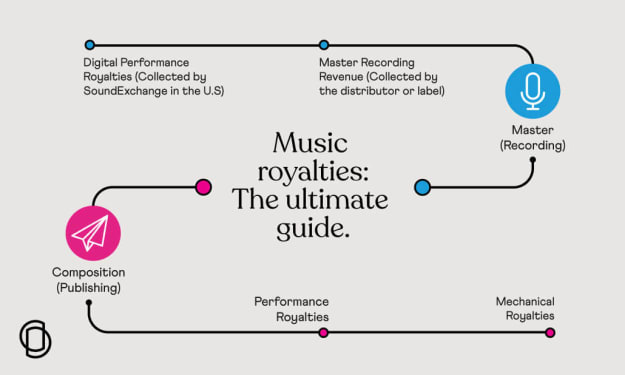Course Redesign in the 21st Century: Trends, Tools, and Techniques
course redesigning

Introduction
In an era marked by rapid technological advancements and evolving educational needs, course redesigning has emerged as a pivotal strategy for enhancing learning outcomes. Course redesigning involves reevaluating and restructuring course content, teaching methods, and assessment techniques to create more effective and engaging learning experiences. This approach is not just about updating curriculum; it encompasses a holistic transformation that leverages modern pedagogical theories, technological tools, and data-driven insights to meet the diverse needs of today’s learners.

The Rationale for Course Redesigning
1. Addressing Diverse Learning Styles
Students have varied learning preferences — some are visual learners, others auditory, and some kinesthetic. Traditional teaching methods often fail to cater to these differences. By redesigning courses, educators can incorporate a variety of instructional methods, such as multimedia presentations, interactive activities, and hands-on projects, ensuring that all students have the opportunity to engage with the material in ways that suit them best.
2. Integrating Technology
The integration of technology in education has revolutionized the way information is delivered and consumed. Course redesigning allows for the incorporation of digital tools such as learning management systems (LMS), virtual labs, and simulation software, which can enhance interactive learning and provide students with real-world skills relevant to the digital age.
3. Enhancing Engagement and Motivation
Modern learners often seek more than just traditional lectures; they crave interactive and immersive experiences. Course redesigning can introduce elements such as gamification, collaborative projects, and problem-based learning, which not only make learning more enjoyable but also foster critical thinking and teamwork skills.
Key Components of Effective Course Redesign
1. Learning Objectives and Outcomes
Redesigning a course begins with a clear understanding of the desired learning outcomes. What should students know and be able to do by the end of the course? Establishing precise, measurable objectives provides a roadmap for all subsequent redesign efforts, ensuring that every component of the course aligns with these goals.
2. Assessment Strategies
Traditional exams and quizzes often do not fully capture a student’s understanding or abilities. Course redesign should incorporate a variety of assessment methods, including formative assessments like quizzes and reflective journals, and summative assessments such as projects, presentations, and portfolios. This comprehensive approach not only measures knowledge but also skills such as critical thinking, creativity, and collaboration.
3. Instructional Methods
Innovative instructional methods are at the heart of course redesign. Blended learning, which combines online and face-to-face instruction, flipped classrooms, where students engage with lectures at home and do “homework” in class, and project-based learning, which involves students in real-world problem-solving, are just a few examples of how courses can be restructured to enhance learning.
4. Student Feedback and Iterative Improvement
Continuous improvement is a key principle of effective course redesign. Gathering regular feedback from students through surveys, focus groups, and informal discussions helps educators understand what works and what doesn’t. This feedback loop allows for iterative adjustments to the course, ensuring it remains relevant and effective.

Challenges and Considerations
1. Resistance to Change
Both educators and institutions may resist change due to comfort with traditional methods or concerns about the effort required for redesign. Addressing this requires clear communication of the benefits, providing professional development opportunities, and demonstrating successful case studies.
2. Resource Allocation
Course redesign can be resource-intensive, requiring time, money, and expertise. Institutions must be willing to invest in training, technology, and support to ensure the success of redesign initiatives.
3. Ensuring Inclusivity
Redesign efforts must consider inclusivity to ensure that all students, regardless of background or ability, can benefit. This involves designing accessible materials, accommodating different learning needs, and creating a supportive learning environment.
Case Studies and Success Stories
Many institutions have successfully implemented course redesign projects with significant positive outcomes. For example, the National Center for Academic Transformation (NCAT) has documented numerous cases where course redesign has led to improved student performance and retention. At institutions like Virginia Tech and the University of Central Florida, redesigned courses have not only enhanced learning but also reduced costs.

Conclusion
Course redesigning is a transformative approach that aligns educational practices with the needs of 21st-century learners. By focusing on diverse learning styles, integrating technology, enhancing engagement, and continuously iterating based on feedback, educators can create more effective and meaningful learning experiences. While challenges exist, the potential benefits for students, educators, and institutions make course redesigning a worthwhile investment in the future of education.
About the Creator
Enjoyed the story? Support the Creator.
Subscribe for free to receive all their stories in your feed. You could also pledge your support or give them a one-off tip, letting them know you appreciate their work.





Comments
There are no comments for this story
Be the first to respond and start the conversation.